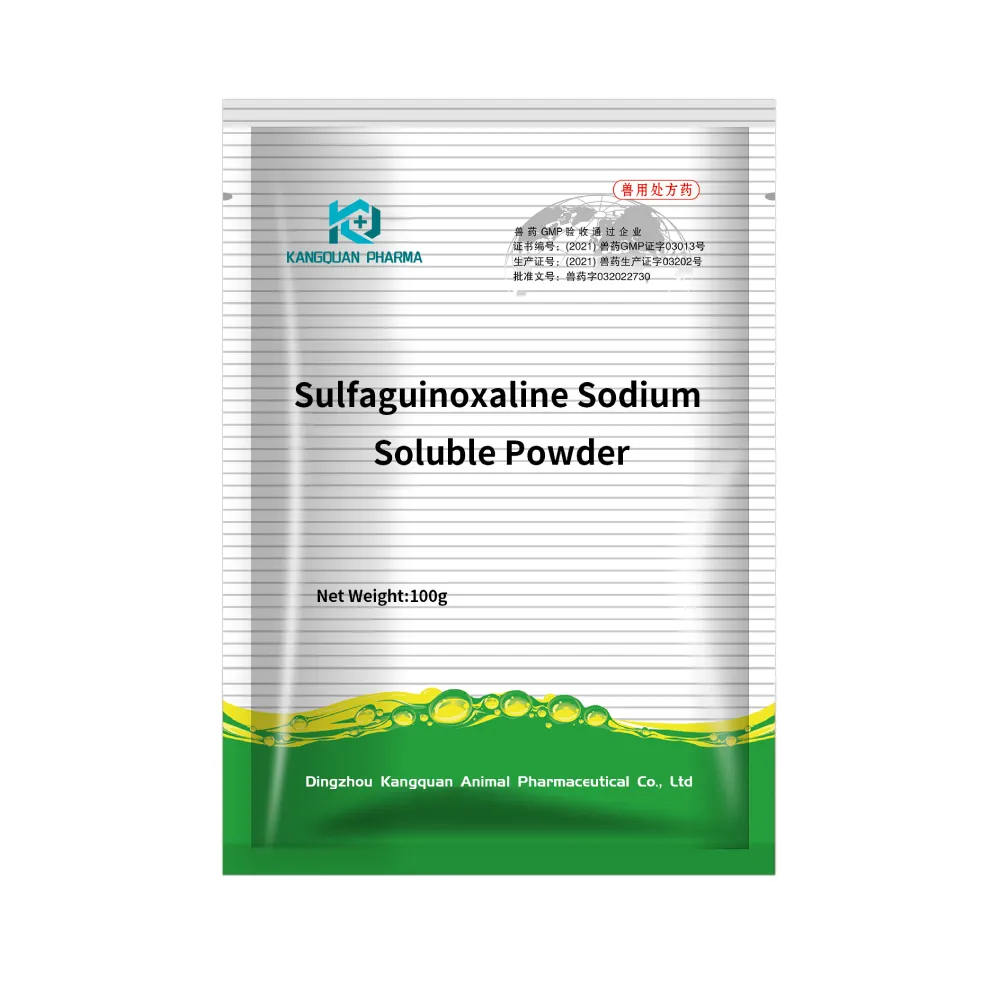- Afrikaans
- Albanian
- Amharic
- Arabic
- Armenian
- Azerbaijani
- Basque
- Belarusian
- Bengali
- Bosnian
- Bulgarian
- Catalan
- Cebuano
- Corsican
- Croatian
- Czech
- Danish
- Dutch
- English
- Esperanto
- Estonian
- Finnish
- French
- Frisian
- Galician
- Georgian
- German
- Greek
- Gujarati
- Haitian Creole
- hausa
- hawaiian
- Hebrew
- Hindi
- Miao
- Hungarian
- Icelandic
- igbo
- Indonesian
- irish
- Italian
- Japanese
- Javanese
- Kannada
- kazakh
- Khmer
- Rwandese
- Korean
- Kurdish
- Kyrgyz
- Lao
- Latin
- Latvian
- Lithuanian
- Luxembourgish
- Macedonian
- Malgashi
- Malay
- Malayalam
- Maltese
- Maori
- Marathi
- Mongolian
- Myanmar
- Nepali
- Norwegian
- Norwegian
- Occitan
- Pashto
- Persian
- Polish
- Portuguese
- Punjabi
- Romanian
- Russian
- Samoan
- Scottish Gaelic
- Serbian
- Sesotho
- Shona
- Sindhi
- Sinhala
- Slovak
- Slovenian
- Somali
- Spanish
- Sundanese
- Swahili
- Swedish
- Tagalog
- Tajik
- Tamil
- Tatar
- Telugu
- Thai
- Turkish
- Turkmen
- Ukrainian
- Urdu
- Uighur
- Uzbek
- Vietnamese
- Welsh
- Bantu
- Yiddish
- Yoruba
- Zulu
ಆಗಸ್ಟ್ . 22, 2024 01:25 Back to list
Molecular Weight of Colistin Sulphate and Its Implications in Clinical Applications
Understanding Colistin Sulphate Molecular Weight and Its Importance
Colistin sulphate, a polymyxin antibiotic, has garnered significant attention in the field of medicine and microbiology due to its effectiveness against multidrug-resistant Gram-negative bacteria. Originally discovered in the 1940s, colistin was largely overlooked for decades due to the development of newer antibiotics. However, as antibiotic resistance has escalated, colistin has re-emerged as a vital therapeutic option, particularly for infections caused by resistant strains such as Pseudomonas aeruginosa and Acinetobacter baumannii.
Understanding Colistin Sulphate Molecular Weight and Its Importance
The structure of colistin is complex, characterized by a cyclic peptide linked to a fatty acid chain, which is crucial for its antibacterial activity. The molecular complexity of colistin contributes to its mechanism of action, whereby it disrupts the bacterial cell membrane by binding to lipopolysaccharides (LPS) present in the outer membrane of Gram-negative bacteria. This binding leads to increased permeability of the bacterial cell membrane, ultimately resulting in cell lysis and death. Therefore, understanding its molecular weight and structure is essential for researchers and clinicians focusing on the development of strategies to combat antibiotic resistance.
colistin sulphate molecular weight

In clinical settings, colistin sulphate is especially important for treating severe infections caused by resistant bacteria in patients with limited treatment options. However, its use is accompanied by challenges such as nephrotoxicity and neurotoxicity, necessitating careful monitoring of kidney function during therapy. The relationship between the molecular weight of colistin sulphate and its side effects is an area of ongoing research, as scientists aim to develop modified formulations that retain antimicrobial efficacy while minimizing toxicity.
Moreover, accurate measurement of colistin sulphate's molecular weight is crucial for pharmaceutical formulations. As the drug undergoes various processes, including extraction, purification, and reconstitution, understanding its molecular characteristics ensures that the drug's potency and effectiveness are preserved. This is particularly relevant in the context of compounding sterile preparations for individual patients, where variability in molecular weight can lead to significant differences in therapeutic outcomes.
In the realm of agriculture, colistin sulphate is also used as a feed additive in livestock to promote growth and prevent infections. However, the use of colistin in agriculture has raised concerns about the development of resistant bacterial strains, which can be transferred to humans through the food chain. This cross-resistance phenomenon highlights the need for global stewardship to regulate the use of such antibiotics, ensuring that colistin remains an effective treatment option for severe infections.
In conclusion, the molecular weight of colistin sulphate is a fundamental characteristic that influences its pharmacological properties and clinical applications. As a powerful tool against multidrug-resistant bacteria, understanding the implications of its molecular weight is critical for optimizing its use in both healthcare and agriculture. Continued research and responsible management will be essential in preserving the efficacy of colistin sulphate in the battle against antibiotic resistance. As we advance in our understanding of this important antibiotic, it is imperative that we remain vigilant in both its clinical use and its implications for public health.
-
Guide to Oxytetracycline Injection
NewsMar.27,2025
-
Guide to Colistin Sulphate
NewsMar.27,2025
-
Gentamicin Sulfate: Uses, Price, And Key Information
NewsMar.27,2025
-
Enrofloxacin Injection: Uses, Price, And Supplier Information
NewsMar.27,2025
-
Dexamethasone Sodium Phosphate Injection: Uses, Price, And Key Information
NewsMar.27,2025
-
Albendazole Tablet: Uses, Dosage, Cost, And Key Information
NewsMar.27,2025













